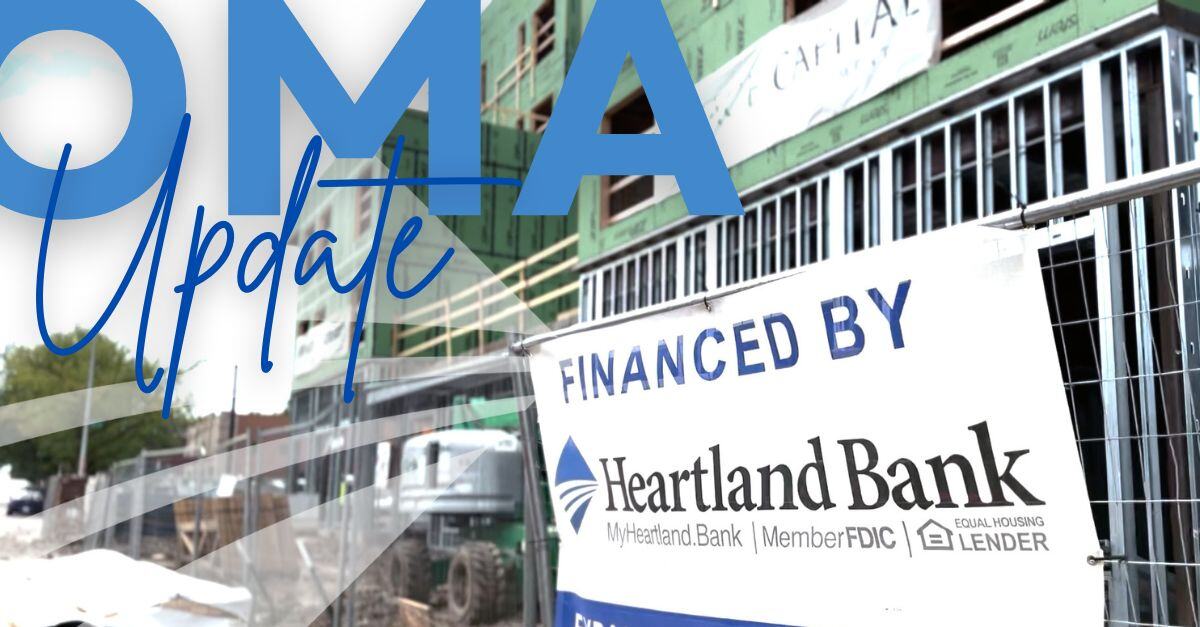-1.png?width=788&height=412&name=Blog%20Banner%20(20)-1.png)
Outsourcing ACH services can improve efficiency—but it also introduces new risks. Here’s how to protect your organization while working with third-party providers.
In today’s fast-paced, interconnected business world, many organizations rely on third-party service providers to handle important operations. This often includes ACH (Automated Clearing House) transactions—from payroll and file creation to accounting and other payment processes. Partnering with outside vendors can bring efficiency and cost savings, but it also comes with risks that businesses cannot afford to overlook.
That’s where Third-Party Risk Management comes in. When it comes to ACH processing, proper oversight protects your organization’s operations, compliance, and financial security.
Why Oversight Matters in ACH Processing
ACH payments move trillions of dollars each year in the U.S. If you outsource part of this process, you’re essentially putting your organization’s financial reputation in someone else’s hands. Without strong risk management practices, vulnerabilities in a vendor’s systems could lead to:
-
Service disruptions
-
Data breaches
-
Compliance violations
On top of that, both ACH Originators and Third-Party Senders must comply with NACHA rules, federal law, and industry regulations. That means organizations cannot take a hands-off approach—oversight of third-party relationships is both a best practice and a regulatory requirement.
What to Request From Your Vendors
When working with outside providers, always ask for formal documentation that proves they are managing ACH risk appropriately. This should include:
-
Annual ACH risk assessments performed by qualified auditors
-
Independent compliance audits of ACH processing controls
-
Security testing (such as penetration testing and vulnerability assessments)
-
Certifications relevant to ACH operations
-
Reports that include findings, management responses, and remediation steps
Requesting this information helps establish transparency, demonstrates your vendor’s commitment to security, and ensures you have proper records for your own compliance needs.
How to Evaluate Third-Party Assessments
Receiving documents isn’t enough—you also need to review them critically. When evaluating vendor assessments and audits, confirm that:
-
The auditor or firm is knowledgeable about ACH rules and banking regulations
-
Both technical controls (security, access, encryption) and operational controls (transaction processing, exception handling) are covered
-
Compliance and business continuity measures (like disaster recovery plans) are addressed
-
Reviews are performed at least annually and whenever major system changes occur
Watch for red flags, such as:
-
🚩 Generic findings with no detail
-
🚩 Missing responses to identified problems
-
🚩 Limited or incomplete scope of review
-
🚩 Outdated assessments
-
🚩 Self-assessments with no independent verification
These warning signs may signal that a vendor’s practices do not meet your organization’s risk standards.
Building a Strong Framework for Protection
Managing third-party ACH risk isn’t a one-time task—it’s an ongoing process. To protect your business:
-
Recognize the risks of outsourcing ACH functions.
-
Request comprehensive documentation from your vendors.
-
Evaluate the quality of assessments and audits.
By taking these steps, your organization can enjoy the benefits of outsourcing—efficiency, expertise, and scalability—while maintaining the security and compliance necessary to safeguard your financial operations.
✅ Key takeaway: Outsourcing ACH processing can be strategic and effective, but only if paired with strong third-party risk management. With the right oversight, your business can stay protected, compliant, and confident in every ACH transaction.
Heartland Bank is a family-owned community bank serving 15 Nebraska locations, committed to improving the lives of our customers, associates, and communities. We’re proud to be a seven-time honoree on American Banker’s Best Banks to Work For list.

.png)
-1.png)
-1.png)
.png)
-1.jpg)
.png)

.png)
.png)
.png)
